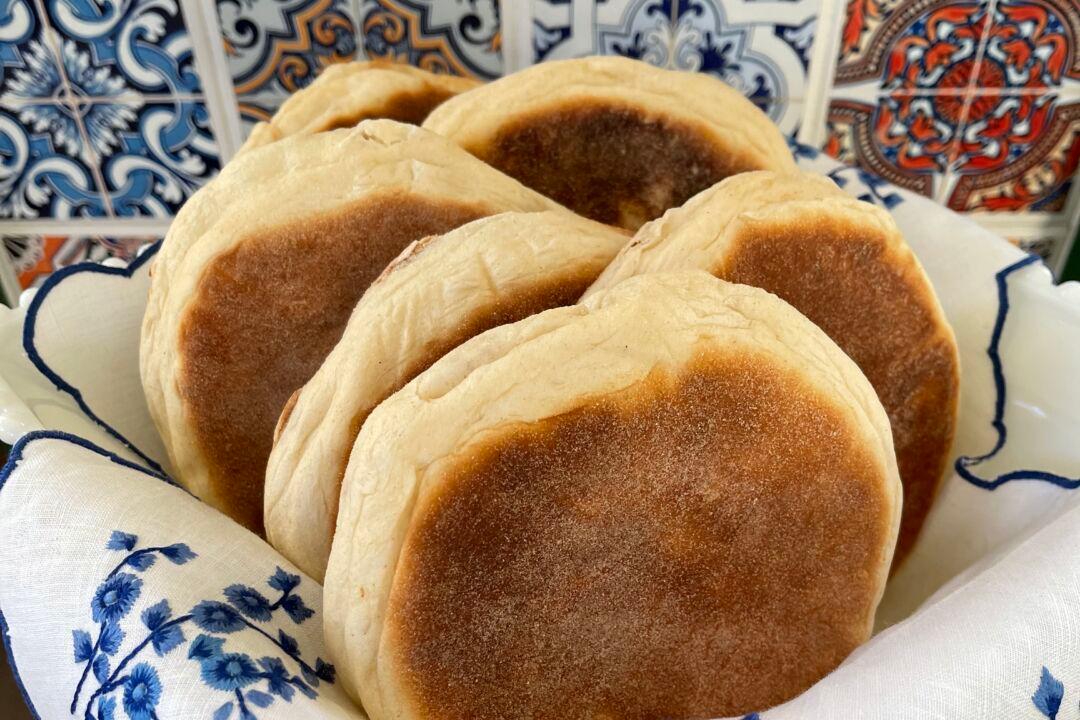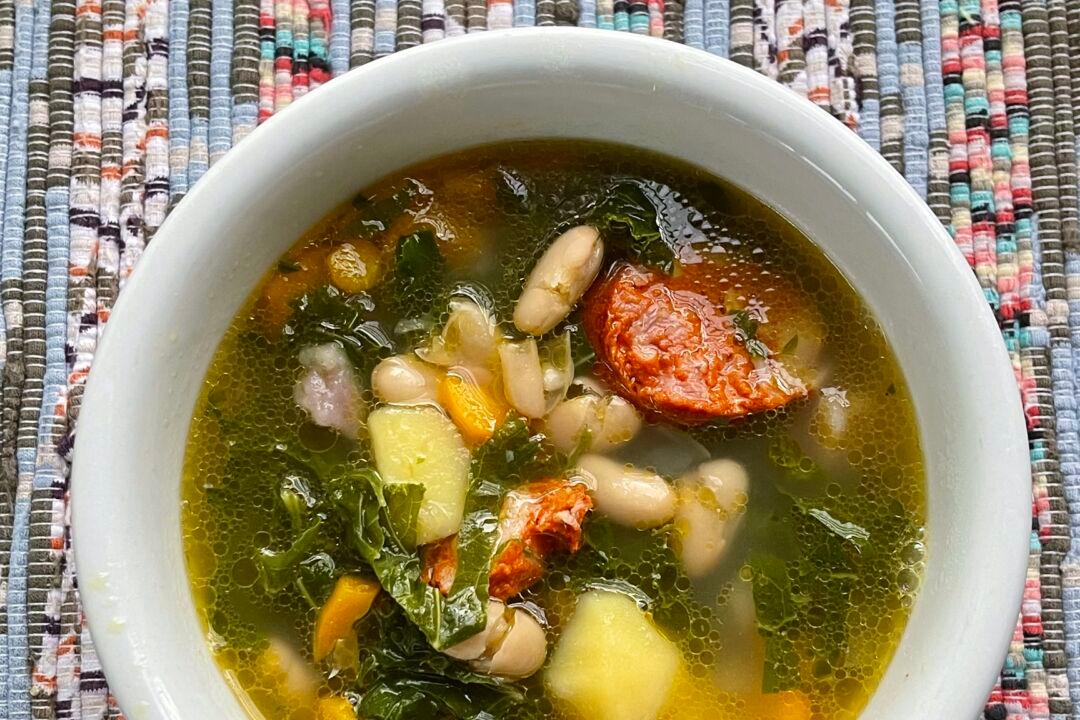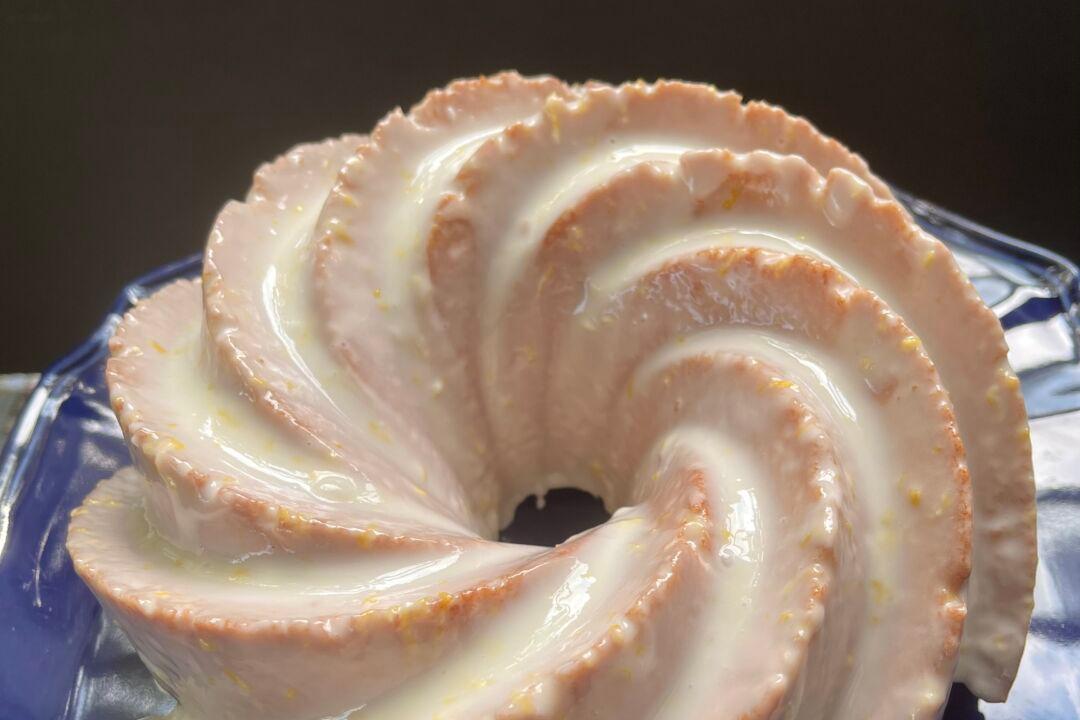Bolos lêvedos are a Portuguese version of an English muffin, but better. I find them to be slightly sweet and delicious right out of the package, untoasted. Many people have them toasted the next day with jam and butter. They even work great as sandwich bread for an egg sandwich or BLT, or with cranberry chicken salad on top.
This recipe is said to be more than a few hundred years old, and it came from my brother-in-law’s mother. Senhora Rosalina Pimentel learned it from her mom, who learned it from her mom, who learned it from her mom, and well, you get the idea! The Pimentel family came from the area in São Miguel where this recipe originated, so it is as original as it gets.



